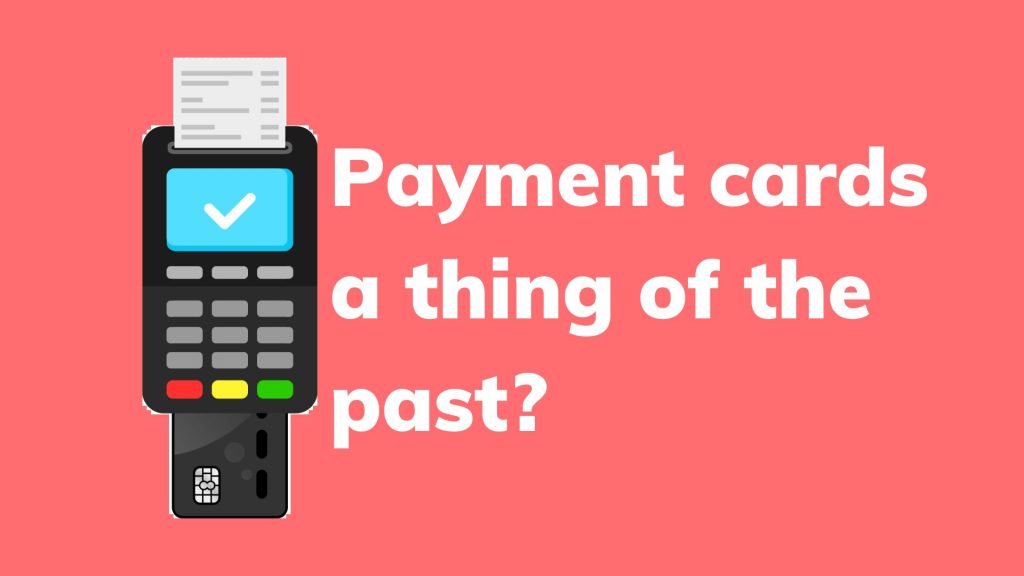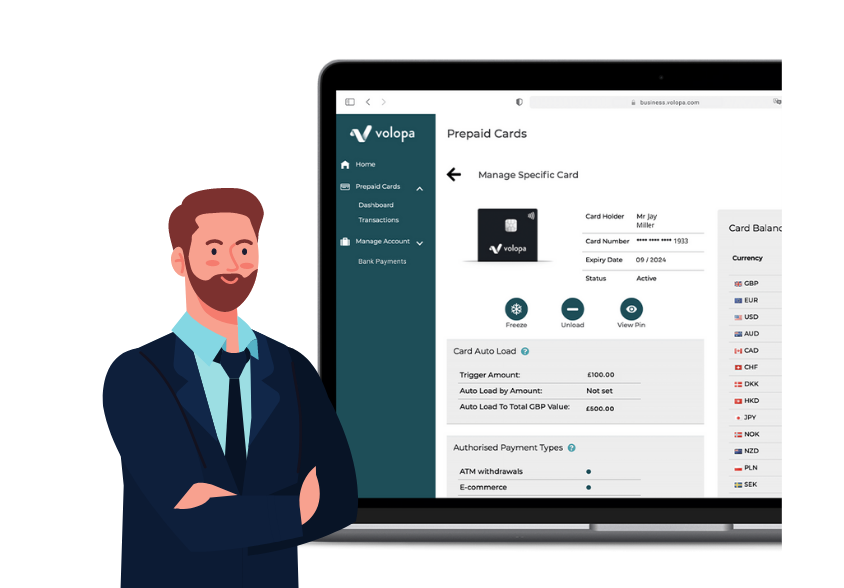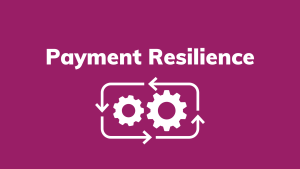Business
With new technologies emerging, will payment cards become a thing of the past?

With ever-evolving payment technologies and greater demand for frictionless payment methods, is this the end for traditional card payments?
In the late 19thcentury, the western world largely was a “cash” society, that is, goods and services were traded with cash as the most trusted form of payment. However, as commerce increased, carrying around cash became inconvenient and often unsafe, paving the way for the creation of the “charge coin”, the grandparent to the modern-day debit/credit card. Each charge coin typically consisted of the customer’s account number along with the merchant’s name and logo engraved on it. Charge coins increased convenience, instigated brand loyalty, and paved the way for the payment card schemes which have since followed.
The development of the traditional payment cards that we know and love today was formulated in the late 50’s with both Visa and Mastercard championing the movement which culminated with Euro Pay, Mastercard and Visa creating the EMV standard (EuroPay, Mastercard and Visa) in 1993 in an effort to standardise the technology and security for payment cards. They were later joined by Discover, JCB, UnionPay, and American Express to create EMVCo which defines and controls the worldwide standards for payments cards today.
However, with payments becoming increasingly digital, not only have Mastercard and Visa managed to stay relevant, but they have also been pioneers in the creation of new ways to pay. EMVCo participants have created new digital technologies such as “contactless” to make Point of Sale (POS) transactions faster as well as launching new processes such as Tokenisation and the EMV chip to allow us to pay more securely both at POS and online. Apple Pay, which accounts for over 5% of global card transactions and continues to grow steadily, utilises the EMV Payment Tokenisation Specification while Google Pay also uses the EMV specification, and, in the UK, both companies utilise the EMV schemes such as Visa, Mastercard, and AMEX.
So where does this leave the traditional payment card?
It is likely that more payments will become completely digital (e.g. via a digital wallet), and highly likely that these will utilise the technologies created by the payment card companies, maintaining their relevance and dominance in the market. Other technologies such as Blockchain and Crypto, or peer-to-peer technologies such as WeChat may eventually change this dominance, however, they’re certainly not anywhere near achieving that level of acceptance yet.
Until merchants can universally accept digital payments at POS and online via a digital wallet, the humble payment card will likely remain in existence. This is especially relevant for travellers where not all countries are equally capable of accepting contactless payments. For instance, according to Visa, as of March 2019, 25% of US stores were still unable to accept EMV payments.
At Volopa, our card strategy has been to cater to current payment technology demands while constantly improving and innovating to accommodate the payment methods businesses will require in the future. A good example of this strategy in action was a UK / EU commercial airline that contracted Volopa to provide multicurrency Mastercards for their aircrew when travelling and to pay suppliers. The airline also had a bespoke requirement for staff to be able to share a digital wallet to allow greater flexibility. Volopa’s agility allowed us to easily integrate that functionality within our platform and they were able to go live in a matter of weeks, allowing the airline to load up to 14 currencies on their card at once. With the added ability to pre-purchase currencies at competitive rates when it suited them, spend the currencies when they chose and also make bank-to-bank payments in up to 180 countries all online or via an app, it has transformed their overseas business spend.
With Mastercard acceptance for both contactless, contact (chip and PIN), and online purchases (with 3DS authentication), Volopa is a smart choice for businesses and individuals who often spend in foreign currencies. As technology moves forward and digital wallet acceptance becomes universally available worldwide, Volopa will offer its payment solutions fully integrated into your digital wallet (and your accounting platforms). For now, however, receiving a leather wallet or purse to put your payment cards in for Christmas may still not be the worst thing…
Read the full article on the Financial Tecnologist
Matt Hayward-Ryan
Written by Matt Hayward-Ryan
Matt is the VP of Sales at Volopa where he oversees the sales and marketing strategies to achieve company growth and communicate Volopa’s exciting value propositions. Matt has been involved in the Payments space for over 7-years and has been a pioneer across multiple payments technologies including new contactless payments and card-not-present payment processes. Volopa provides its customers with an innovative business solution allowing them a fast, simple, and cost-effective way to make overseas payments and manage their card spend in multiple currencies.
Please get in touch with the team if you would like to learn more:

Securing the best exchange rates
Generally speaking, both banks and payments providers charge a margin, typically via a commission or a percentage-spread, for converting currencies from the funding currency (what you send them) to the payment currency (what the recipient receives). Banks are traditionally risk averse to currency movements due to the size of the portfolio of client assets they hold in multiple currencies. Any shock movement within the currency market can amount to significant losses, and in a bid to mitigate this risk, banks tend to apply higher margins.
International payments providers generally take a different approach, utilising live rates which they transact with immediately. Using this methodology, they don’t need to hold on to funds, the risk is less, and margins can therefore be much lower amounting to better exchange rates for their clients.
Payment Speed
Just as a bank cheque takes time to deposit into an account, so does sending money from one country to another. International FX payments can often take days to reach your recipient if sent via your bank. This is because banks often use manual currency conversion processes and tend to send funds via costly legacy banking networks. If you wish to transfer funds quickly, banks may not be your best option.
Specialist payments providers have established “points-of-difference” in the international payments market through innovative solutions to enable same-day international payments using more robust platforms and security systems. Specialist payment providers tend to route international payments via newer alternative payment rails that are quick, low-cost and easy to track, meaning recipients receive their payments in full and on time, while payment initiators can stay up to date with their payment statuses.
Conclusion
Whilst a bank may provide familiarity, specialised payments providers can offer better FX and payments expertise, superior technology and more cost-effective exchange rates. Through the tailoring of solutions and streamlining compliance requirements, services provided are largely more client-centric and focused. This often amounts to lower fees and charges as well as a superior customer experience for their clients.



